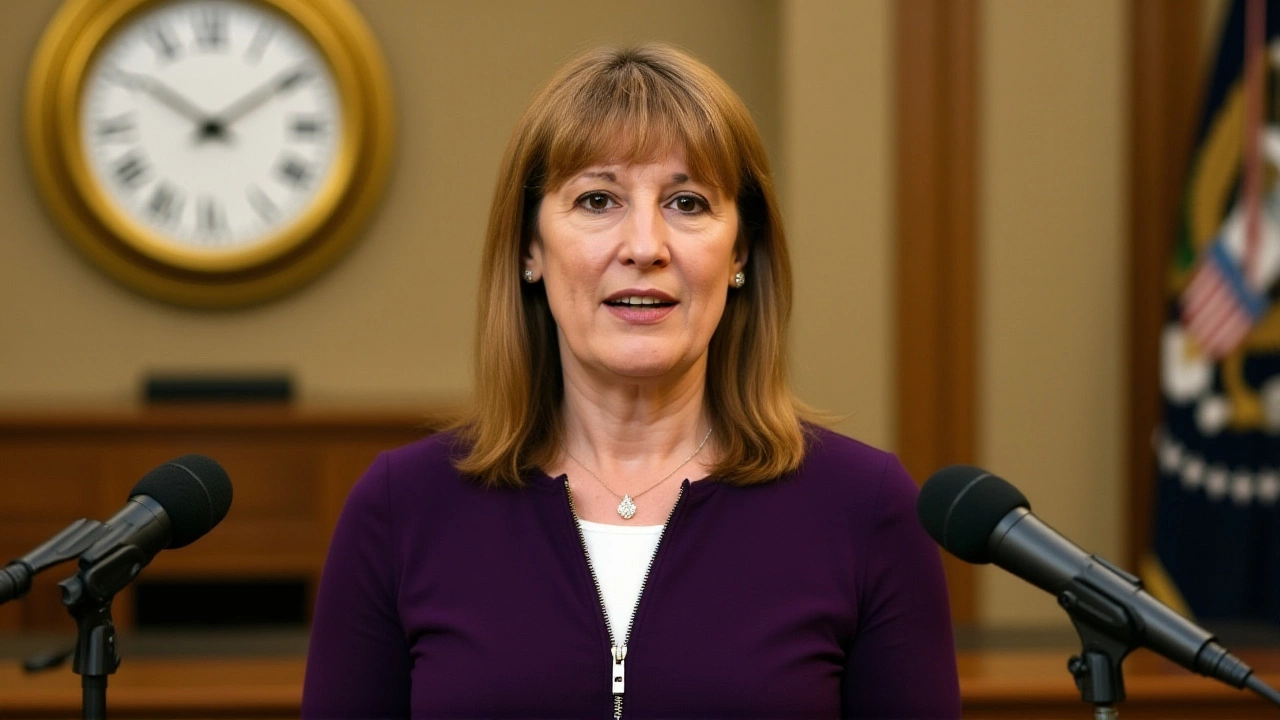From April 2026 the state pension will jump 4.8%, lifting the full rate to £241.30 a week – a bump that could pull roughly 200,000 retirees into the tax net. The hike, announced by the Office for National Statistics on 22 October 2025, follows the famed triple‑lock formula that ties pension raises to the highest of earnings growth, inflation or a 2.5% floor.
What the triple lock means for your pension
The triple lock, introduced in 2011, ensures that the full state pension cannot fall behind the country’s economic pulse. For the 2026 increase, earnings data from May‑July 2025 showed a 4.8% rise – outpacing September’s CPI (3.8%) and the 2.5% minimum. That number becomes the benchmark, so both the full state pension and the basic state pension rise by the same percentage.
Because the basic state pension applies to those who retired before April 2016, it will climb from £176.45 to £184.90 a week. The new full rate, £241.30, translates to about £965 a month, while the basic amount works out to roughly £740 a month.
Tax implications – why 200,000 retirees could see a smaller take‑home
Here’s the twist: the personal allowance – the amount of income you can earn tax‑free – is frozen at £12,570. The annualized full pension of £12,547.60 sits just shy of that threshold, meaning a swath of pensioners will now face income‑tax deductions on a slice of their earnings.
Financial‑planning firms estimate that about 200,000 people will see a modest tax bite, shaving a few pounds off their monthly cash flow. For many on a fixed budget, that could feel like a step backwards after a long‑awaited raise.
Political pressure mounts on the Chancellor
Standing at the centre of the storm is Rachel Reeves, Chancellor of the Exchequer. She is slated to confirm the figures at the Autumn Budget 2025London on 26 November 2025.
Reeves faces a chorus of critics. The Institute for Fiscal Studies argues the triple lock is a fiscal time‑bomb, projecting a £50 billion "black hole" in public finances if it stays untouched. Its senior economist, Dr Martin Clarke, warned that without reform, many Britons may need to work past 74 to stay afloat.
Adding weight to the argument, the Office for Budget Responsibility estimates the triple lock’s cost will climb to £15.5 billion a year by 2030. Yet the governing party has pledged to keep the lock in place for the duration of this parliament.

Different pension tracks, different calculations
Helen Morrissey, head of retirement analysis at Hargreaves Lansdown, points out a nuance many overlook: while the base pension follows the 4.8% boost, the additional state pension – often called the "extra" – only rises with CPI, meaning a 3.8% increase this time.
That split creates a patchwork of outcomes. Civil Service pensions, for example, will rise by 3.8% from 6 April 2026, reflecting the CPI figure rather than the earnings‑driven lock. For public‑sector workers, the net effect could be a smaller raise compared with their private‑sector counterparts.
What’s next – possible reforms and the road to the budget
Looking ahead, the debate centers on whether to replace the triple lock with a "wage‑linked" system, which would tie pension growth directly to average earnings and eliminate the arbitrary 2.5% floor. The IFS has drafted a proposal that would cap the lock at earnings growth, potentially saving £3 billion annually.
Reeves, however, warned that any abrupt change could undermine confidence among older voters – a key demographic for the ruling party. She hinted that any reform would need a phased approach, perhaps starting with a hybrid model that keeps the floor but reduces the weight of CPI.
Until the budget arrives, pensioners are left watching the numbers and wondering whether a promised increase will truly boost their take‑home pay or merely inflate tax liabilities.

Key facts
- Full state pension rises from £230.25 to £241.30 per week.
- Basic state pension rises from £176.45 to £184.90 per week.
- Increase driven by 4.8% earnings growth (May‑July 2025).
- ~200,000 retirees expected to enter the tax net.
- Personal allowance remains frozen at £12,570.
Frequently Asked Questions
How will the 4.8% rise affect retirees on the full state pension?
Retirees receiving the full state pension will see their weekly income climb to £241.30, up from £230.25. That adds roughly £12 per week, or about £965 a month, before tax. Because the personal allowance is frozen, a small portion of this increase may be subject to income tax for some beneficiaries.
Why does the basic state pension rise at the same rate as the full pension?
Both the basic and full rates are bound by the triple‑lock rule, which applies the highest of earnings growth, CPI, or 2.5% to the base amount. Since earnings growth hit 4.8%, that figure became the benchmark for both pension streams.
What is the triple lock and why is it controversial?
Introduced in 2011, the triple lock guarantees that the state pension rises each year by the highest of three indicators: average earnings, consumer‑price inflation (CPI), or a minimum of 2.5%. Critics argue it is fiscally unsustainable, especially as the population ages, while supporters say it protects pensioners from inflation eroding their income.
Will the additional state pension also get the 4.8% increase?
No. The additional (or "extra") state pension is indexed to CPI, not the triple lock. For 2026 that means a 3.8% rise, which is lower than the 4.8% applied to the basic component.
What could happen to the triple lock after the Autumn Budget?
While the current government has pledged to keep the lock for the life of the parliament, pressure from the IFS and OBR may force a review. Possible outcomes include a shift to a wage‑linked model, a hybrid system, or a gradual phasing out of the 2.5% floor.




Write a comment